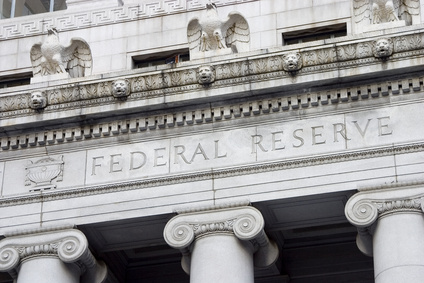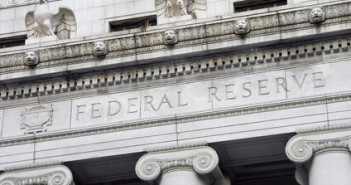Fed Chairman Ben Bernanke heads to Jackson Hole later this week for the Fed’s annual symposium against the backdrop of intensifying speculation that another round of quantitative easing may be required to avoid the US economy plunging back into recession. The commitment made at the last FOMC meeting to keep the funds rate on hold until at least the middle of 2013 has clearly failed to offer sufficient comfort to investors and traders, coming as it did at a time when economic momentum has slowed markedly, the Obama Administration is focused on reducing the fiscal deficit and European growth is being scuppered by its sovereign debt crisis. The need for additional monetary stimulus – QE3 – will require very careful deliberation by the Fed Chairman and his fellow members of the FOMC.
QE2, whereby the Fed undertook to purchase an extra USD 600bln of securities, ended just two months ago and had a limited impact in terms of aiding growth. It also attracted enormous criticism, not only domestically but also from America’s foreign creditors on which it increasingly depends. There is also more discomfort within the central bank about the direction of monetary policy with open disquiet being expressed by a number of Fed Presidents about the latest decision to freeze rates. The most vocal critic has been Philly Fed President Charles Plosser, who recently proclaimed that: “Our problems are not easily addressed by monetary policy”. He has a point. However, with fiscal policy in complete disarray because of a dysfunctional Washington, the Fed cannot stand idly by and watch the economy sink further into the mire.
Guest post by FxPro
Another issue for the Bernanke Fed in terms of contemplating further bond purchases is the inflation picture. One of the explanations put forward the last time the Fed considered QE was that it was necessary to prevent potential deflation. This time around, core inflation is just under 2% and still rising, so it could be argued that the last round of QE may well have contributed to preventing deflation. Fed policy-makers would also be conscious that financial conditions have eased considerably over recent months. The 10yr treasury note yield recently traded under 2.0% (down from 3.5% just four months ago) – the lowest for six decades – while the oil price is close to a six-month low and the exchange rate continues to decline.
Bernanke will need to weigh up whether it might be more appropriate to look at utilising the other tools in his policy kit-bag on this occasion. For instance, he may consider extending the maturity of the Treasury securities that are held on the Fed’s balance sheet in the hope of bringing long-term rates down still further, or pledge to maintain a large balance sheet for an extended period. The Fed might also look into reducing the interest rate on excess reserves held at the bank. Frankly, given the extreme trepidation displayed by investors over recent weeks, anything other than another shot of QE would probably trigger a further wave of panic selling. Indeed, some commentators are suggesting that current treasury yields already reflect an expectation that the Fed will accede to another USD 0.5trln of bond purchases very soon. Just like last year, that confirmation could come as soon as this Friday at Jackson Hole. If Bernanke does go for more QE, it won’t do the dollar any favours.
Michael Derks
Chief Strategist
